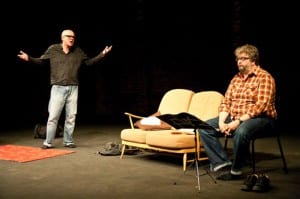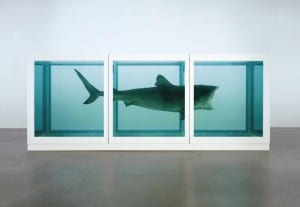As the research period of the performance is drawing to a close I think it is time to take note of which practitioners/performances that have inspired me and how they will influence my final performance and production process.
Eric Bogosian – When producing his monologues, Bogosian records himself talking in a sub-conscious state. Then he writes down what he thinks is interesting and repeats until eventually turns it into a script. This technique will be very useful for me as it will allow any ideas that I have not been able to formulate into words to be produced through whatever character I am channeling during the improvisation. Although it is written down and then regurgitated in the actual performance, I feel this way of devising a script is far more organic than sitting down at a computer trying to make a point with each line.
To take this technique further, I am playing with the idea of improvising the monologues I do in the actual performance. I will use Bogosian’s technique to discover what points I need to make in each section and then make sure I hit these marks when I improvise freely during the performance.
Chris Goode – In The Adventures of Wound Man and Shirley, Goode tells a story of self discovery. He created a warm and comfortable atmosphere and told a tale with a nice ending. I want to tell a story. I want the audience to recognise, and maybe in some way associate with, what emotions I am going through as the character/s, but also as a performer.
I want the audience to be part of it, in a similar way to how Tim Crouch suspends the distinction between the audience and the performer. The audience will be part of mine throughout without having to directly do anything. Even if they are not directly involved with being on stage they will constantly be thinking “I’m glad that is not me” but not in a weird Marina Abramovich way, but more of a not being part of the action kind of way.
In Dog Years I’m Dead – I want to encapsulate the same sense of charm in my performance as in this show. Despite being on my own, hopefully relationships with characters, and the audience, will still be able to be shown. Also, the performance used props throughout to represent certain things. I do not want my performance to be too prop heavy but if I do use any I want them to be versatile representing different things throughout.


